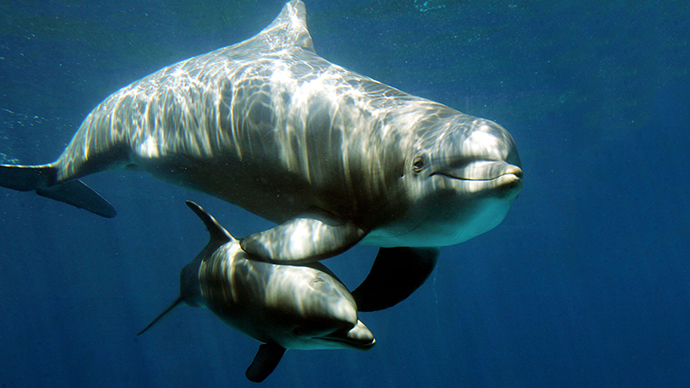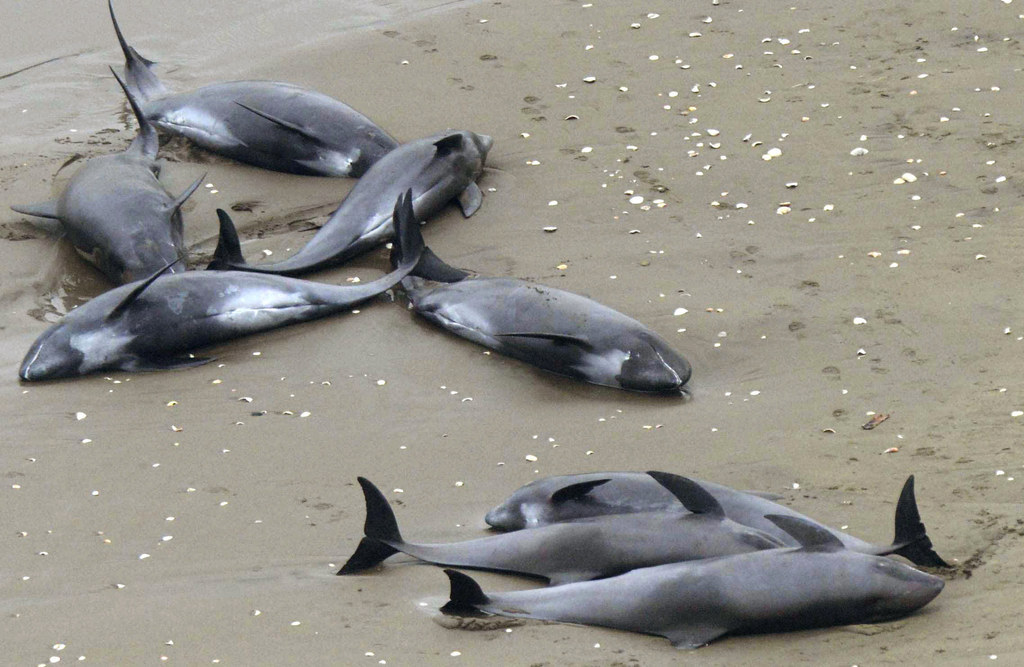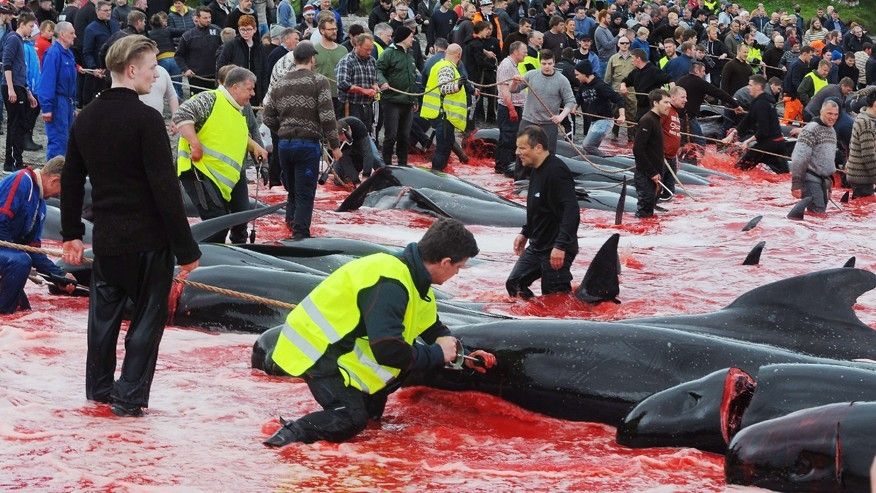

"Most of these strandings occurred in January, February, and March," Zellar said. Still, he hopes that by studying this wind-nutrient relationship on Cape Cod and in other stranding hot spots, rescuers could have a little warning for when cetaceans might get stranded. Their growing populations could draw dolphins into shallower waters than they'd usually venture.ĭemonstrating a relationship between prey species and strandings is one of the next steps for Zellar, and he acknowledged there are likely multiple factors that drive strandings. Around a month after these events, animals higher up the food chain-such as the herring and mackerel that dolphins eat on Cape Cod-could have a boost in their food intake near the coast. Dolphin Fleet has positions in all fields of operations. Increased seasonal wind speeds and stronger ocean currents could stir up nutrients and stimulate coastal productivity or create an environment that better suits dolphins' prey. One explanation could be that wind and currents affect the marine food web, according to the researchers. He and his coauthors were amazed at the strength of the correlation-but then had to figure out why it existed. "Wow, these look the same," Zellar recounted his colleague saying. While working on the project, he showed a colleague a wind plot and the pattern of strandings. "The annual seasonal wind data profile was the absolute most striking thing," said Ron Zellar, a mission systems engineer and researcher at NASA's Goddard Space Flight Center who led the study. Among those, a relationship between wind patterns and stranding events stood out- wind speeds consistently increased 1 month before a stranding event. coupled chlorophyll, wind, tide, and ocean current data from 1998 to 2018 with mass stranding events on Cape Cod. The area around Cape Cod, Massachusetts, is a hot spot for mass stranding events, in which 50100 dolphins and other cetaceans routinely beach themselves. The study found that the Cape Cod hot spot area averaged 11 events per year from 1999 to 2017.


Now, new research suggests that ocean currents and atmospheric patterns together could be helping drive dolphins inland. "It is not known for what reason run themselves aground on dry land at all events, it is said that they do so at times, and for no obvious reason," he noted in his Historia animalium (340 BCE). But uncertainty about strandings remains, as it has since at least Aristotle's time.


 0 kommentar(er)
0 kommentar(er)
